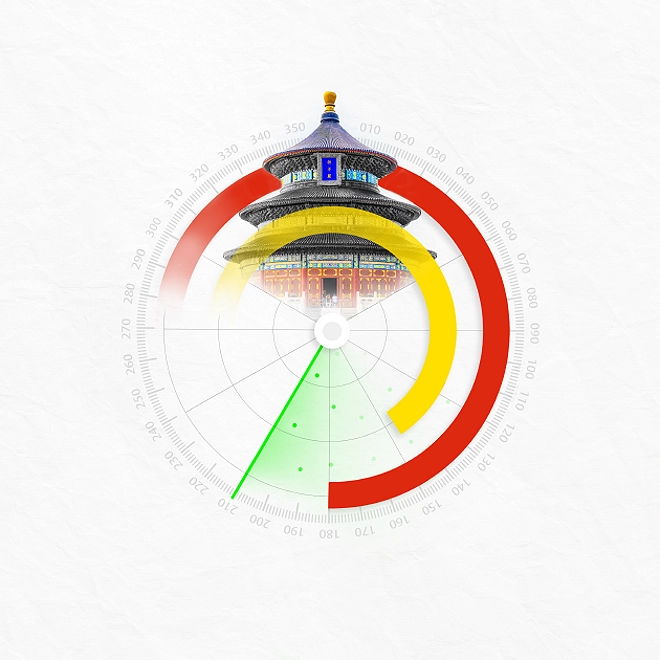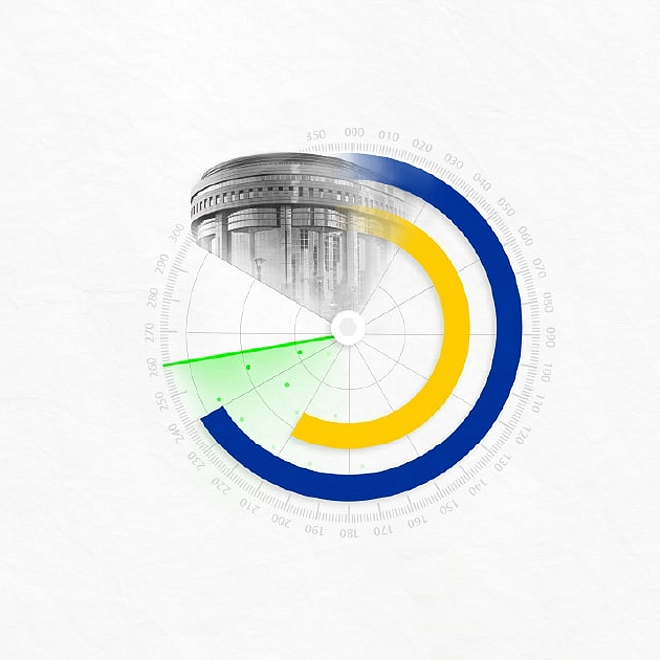Elevating the human experience
Using human-centered design in health and human services programs
In health and human services programs, too often recipient experience takes a back seat to business processes. In contrast, human-centered design puts people at the center of program design and delivery.
HEALTH and human services (H/HS) programs play a vital role in people’s lives by providing health care and other need-based social safety nets. Too often, the human experience of recipients engaging with these programs takes a back seat to business processes designed to meet administrative and compliance requirements.
Take the typical emergency room (ER) experience, for example. Across many rural communities, emergency rooms serve as the front door to the health care system. Patients go to the ER for all manner of medical needs—emergent and nonemergent—which frequently leads to long wait times.
Such was the case at Fort Apache Indian Reservation’s Whiteriver Indian Hospital, which receives 40,000 visits every year—six times the national average for a department its size. With wait times up to six hours, nearly a quarter of patients left before they were seen. For a subset of these patients, what started out as relatively mild conditions worsened, and the cost of treating them subsequently rose.1
Enter human-centered design (HCD), which Marliza Rivera, a quality control officer at Whiteriver Indian Hospital, and her colleagues used to redesign the hospital check-in process. Under the new fast-track system, clinicians were stationed at the ER entrance and triaged patients within 15 minutes of their arrival. Nonemergent cases were separated from emergent cases and treated without interrupting the flow of care to patients requiring emergency services. The result was a dramatic reduction in the percentage of patients leaving the ER untreated—down from 18 percent to just 1 percent during the pilot.2 The results prompted a broader redesign of the hospital’s emergency department to separate patients in need of emergency services from those with less urgent care needs, a US$150,000 renovation that is estimated to save the hospital US$6 million.3
What is human-centered design?
HCD brings the human being into focus, starting with the premise that individuals’ beliefs, values, feelings, and ambitions are important because they form the foundation for who they are and what they want from the organizations with which they engage. Human experience encompasses an organization’s workforce and partners as well. Indeed, connecting with these stakeholders on a more human level is critical to providing a better experience and delivering improved outcomes for the children and families H/HS agencies serve.
HCD puts people at the center of the design, development, and delivery of public policies and programs. It turns the traditional approach to problem-solving inside out, by starting with understanding key stakeholders to identify root causes and design for the white space of unmet needs (figure 1).

HCD involves deeply understanding individuals’ unmet needs and using these insights to improve service design and delivery. A design-led approach brings end users into the room with public servants and other stakeholders to engage in rapid prototyping, testing, and iteration of solutions with the people for whom they are created. Not only can this deep collaboration speed the development and rollout of solutions, it can also mitigate risk by creating room for early experimentation. Stakeholders can quickly jettison unworkable ideas and focus on testing real-time, viable solutions before making costly investments in infrastructure and production (figure 2).


Solutions developed from the HCD framework hit the sweet spot: They are desirable, because they meet stakeholder and user needs; they have been tested and proven to be technically feasible; and they are financially and organizationally viable, meeting business requirements (figure 3).
Applying human-centered design to health and human services
State, federal, and local H/HS agencies are beginning to see the value of HCD and are putting it to use across many program areas, including:
- Integrated eligibility self-service: Agencies use HCD to understand their complex network of stakeholders (including clients, state and county workers, community partners, and service partners, among others) and their diverse needs, motivations, and behaviors. Armed with this knowledge and empathy for their user base, they use tools such as journey mapping and service blueprinting to capture the interactions that are the most important to the stakeholder experience and that create the biggest challenges in managing benefits. They then use technology investments to solve for the moments that matter most.
- Child welfare case management: With scarcely any time available, social workers often have to choose between visiting a child or performing cumbersome data entry. Ethnographic research, combined with data analytics, is identifying important needs that social workers have, such as developing a comprehensive view of the child, eliminating redundant documentation efforts, and automating the process of capturing observations based on their field experiences and environment.
- Workforce development: Many states offer specialized workforce development programs to meet the needs of a wide range of individuals, from veterans and youth to disabled and underskilled workers. But people often find it hard to understand which programs they qualify for, let alone to comply with those programs’ complex rules. By starting with a clear definition of what success looks like for the individual, states can begin to change complex policies, work practices, and technologies that prevent caseworkers from assisting individuals effectively. This approach can also spark innovative solutions that individuals can use to take control of their path to meaningful employment.
In each case, the value of HCD stems from its direct validation that a new project or program is aligned with the needs of stakeholders.
Looking ahead
The more we can understand what people value, the more we can engage them with the stories and experiences that will resonate most, in order to create connections that are meaningful and mutually valuable for individuals and the organizations serving them. H/HS agencies that elevate the human experience can accelerate the improvement of policies, programs, and services and achieve better outcomes for the children and families that they serve.
Health and Human Services
For more than 45 years, Deloitte state health and human services professionals have worked side by side with state agencies. Our mission is to help you achieve your mission—protecting and improving the health, safety, and wellbeing of our fellow citizens. We are focused on helping you improve the efficiency, effectiveness, and accountability of state services and benefits. Our breadth of offerings includes: eligibility and service integration, state health care, child welfare, childcare and early learning, and many others.



